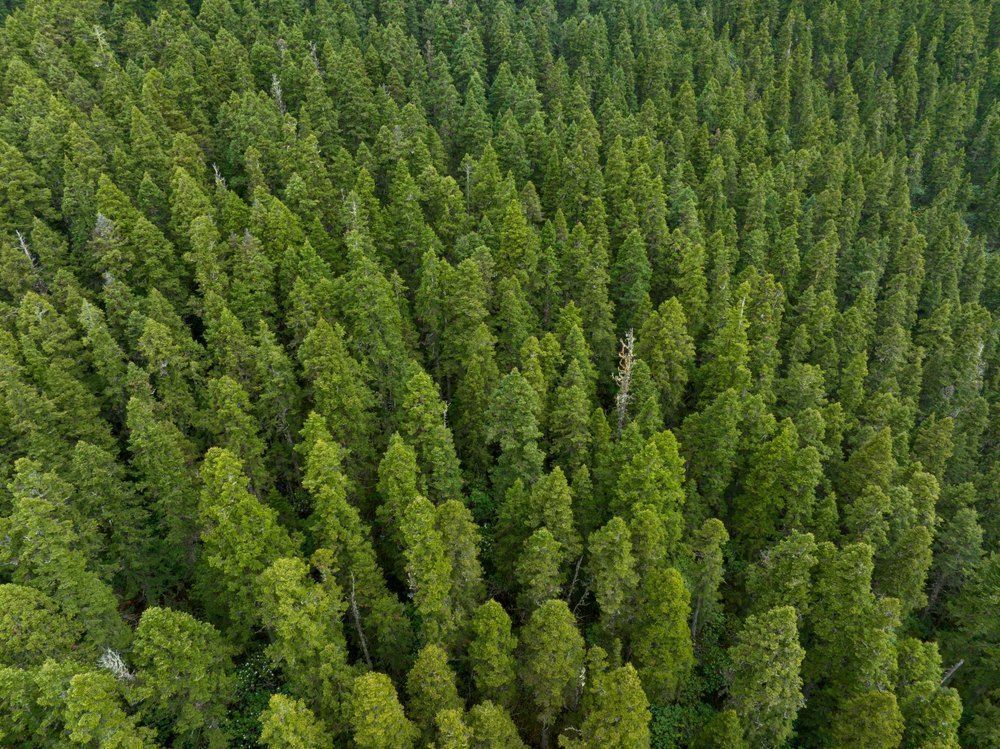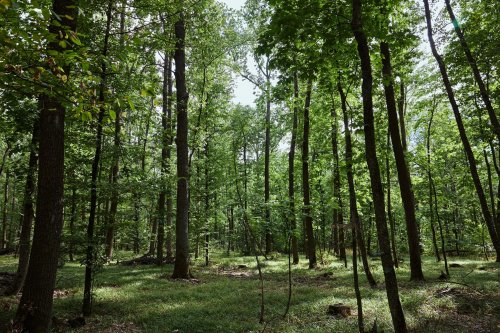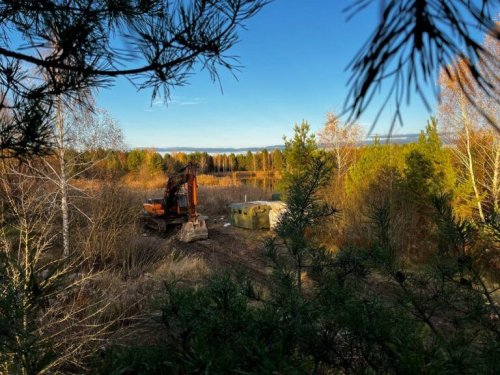One billion trees have been planted as part of the presidential program "Green Country," according to reports from the State Forestry Agency and the State Enterprise "Forests of Ukraine." However, experts are convinced that foresters have taken the path of least resistance and presented their routine work as a great achievement.
In an interview with LB.ua, Petro Testov, an expert on forestry and head of the analytical department of the Ukrainian Nature Conservation Group (UNCG), expressed his opinion on this "epoch-making" eco-campaign and his view on truly effective forest expansion.
The increase in "new forests" is minimal
The abstract "billion trees" in units of measurement that we understand is about 140,000 hectares of forest. Foresters say that they "created" this area of forest. However, it seems that they only restored areas where trees had previously grown but had been cut down, either legally or illegally.
The publication writes that truly new forests have appeared on an area of 15,000 hectares, which is only 0.15% of the total volume of Ukrainian forests.
"In other words, foresters have in fact mostly routinely restored forests after logging, which they have to do anyway. And they called it a billion trees," said Petro Testov.
Tiеstov also simply explains the leadership of the Zhytomyr region in reforestation: this region suffered from forest fires in 2020, after which the foresters conducted sanitary fellings. Thus, under the high-profile implementation of the presidential program, they simply did their daily work.

Photo: State Forest Resources Agency of Ukraine
There used to be more
Over the past three years, 30,000 hectares of trees have been planted. For comparison, in 2015, these figures were 48,600 hectares, and in 2016, 50,000 hectares.
The decline in planting volumes began in 2018. There is an objective reason for this: after changing the rules for sanitary felling, the State Forestry Agency switched from continuous to selective felling. With this method, there is no need to plant new trees—they will grow on their own in the light window that formed after the removal of diseased or dead trees.
"The fact that fewer trees are being planted on clear-cut areas simply means that there are fewer clear-cuts now, which is normal. Another thing is that previously, a billion trees could be planted in two years, but now it takes four," the UNCG analyst emphasized.
Reforestation of steppe ecosystems
Not all land on the State Forestry Agency's balance sheet is forested. According to the latest available data for 2011, 800,000 hectares of the 10.4 million hectares of forest land remained treeless.
According to Petro Testov, foresters received a lot of "illiquid" agricultural land in the 2010s. Funding was budgetary and limited, so for a long time these ravines and gullies, mainly in the steppe south, were left untouched. Another source of forest fund replenishment is land from communities.
Most of the "bare" lands of the State Forestry Agency are steppes. This ecosystem is unique and does not need reforestation. However, foresters often ignore this. Only in the Mykolaiv and Cherkasy regions did working groups operate, where ecologists helped decide the fate of the land. If it was steppe, they left it untouched.
Unfortunately, these are exceptions. Just recently, foresters in Chernihiv Oblast destroyed 5 hectares of steppe by planting trees there. EcoPolitic wrote about this earlier.
“There are approximately 20,000 hectares that are still available for forest planting. But to return to the point, half of these are steppe areas. And to destroy one ecosystem just to create another is nonsense,” says Petro Tiestov.
Are continuous forests needed?
The forest fund does not consist entirely of solid stands of trees. There are clearings, as well as pastures and meadows. Here, hay and garden crops were harvested to supplement the diet of wild animals.
“When everything is continuously planted with trees, it actually harms forest biodiversity. From a conservation standpoint, it would be better to leave most of these areas in the forest as they are instead of afforesting them,” the expert emphasizes.
Photo: State Forest Resources Agency of Ukraine
“Green Country” in an ideal world
Ukraine has many territories that could potentially be turned into forests. According to Petro Tiestov, these include:
- lands from the forest fund that are illegally used for agriculture;
- lands that are unsuitable for agricultural production, such as degraded, technogenically damaged, and low-productivity areas.
However, there are many obstacles, both due to corruption and the negligence of state institutions. On lands in Zhytomyr region contaminated by radiation, agricultural products are still grown, and slopes that have lost their soil or are sandy continue to be cultivated.
Land conservation requires experts from the State Environmental Inspectorate or the State Land Cadastre to inspect on site, prepare documents, and obtain the owner’s consent; if the owner is opposed, a court process is required.
“Since the onset of the full-scale invasion, scheduled inspections have been banned, while it is very difficult to obtain approval for unscheduled ones. Plus, if suddenly the available soil data is outdated, you also have to prove that the land is degraded, which means conducting analyses and paying for them, and in the current situation of full-scale invasion, state institutions just do not have these funds,” explained a UNCG expert.
EcoPolitic previously wrote about the completion of tree planting as part of the "Green Country" initiative, as well as doubts about the accuracy of the data published by foresters.
Almost half a million Ukrainian forests are still contaminated with explosive objects or mined.
For its part, Europe is postponing the adoption of a key law to protect forests from the activities of agricultural producers.






